NMC
-
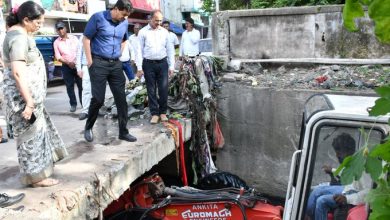
Spider Machine Revolutionizes Drain Cleaning: NMC Commissioner Leads Trial Inspection in Nagpur
In an unprecedented move to address chronic drain blockages and prevent monsoon-induced urban flooding, the Nagpur Municipal Corporation (NMC) has…
Read More » -
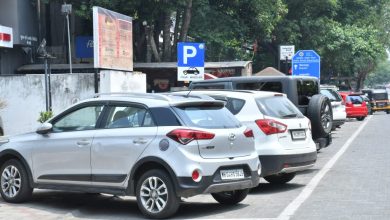
NMC Creates 51 Street Parking Zones for Over 17,000 Vehicles in Nagpur
NMC Parking Nagpur: In a transformative urban mobility initiative, the Nagpur Municipal Corporation (NMC) has marked 51 dedicated street parking…
Read More » -
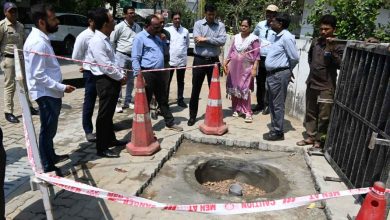
NMC to Construct 136 Additional Recharge Shafts to Boost Groundwater Levels
Imagine a city thriving on innovation while battling one of the most pressing urban challenges — groundwater depletion. Nagpur Municipal…
Read More » -

Bombay High Court Declares NMC’s Hoarding Tender on Footpaths Illegal
NMC Hoardings: In a landmark ruling, the Nagpur Bench of the Bombay High Court has deemed the Nagpur Municipal Corporation’s…
Read More » -
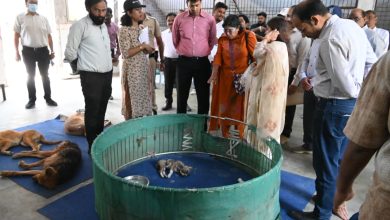
NMC to Redevelop Bhandewadi Animal Shelter with Hospital, Isolation Centre, and Play Area
The Nagpur Municipal Corporation (NMC) is taking a significant step towards improving the condition of stray animals in the city.…
Read More » -
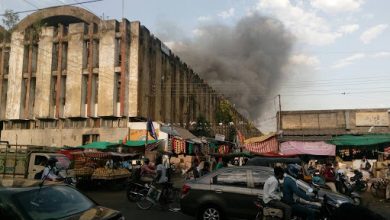
Nagpur’s Historic Cotton Market Set for a Smart, Eco-Friendly Makeover
Nagpur Cotton Market Makeover: Nagpur’s historic Cotton Market in Sitabuldi is undergoing a major transformation. The Nagpur Municipal Corporation (NMC),…
Read More » -
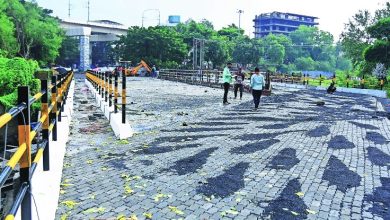
Ambazari Bridge to Open for Public on April 1: Govt to HC
The long-awaited opening of the Ambazari Bridge in Nagpur has been officially announced. According to an affidavit presented in the…
Read More » -
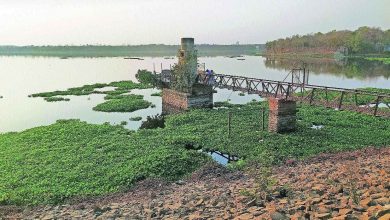
Ambazari Lake High on Weed – A Growing Environmental Crisis
Ambazari Lake, one of Nagpur’s most significant water bodies, is battling a severe infestation of Eichhornia (water hyacinth). Despite substantial…
Read More » -
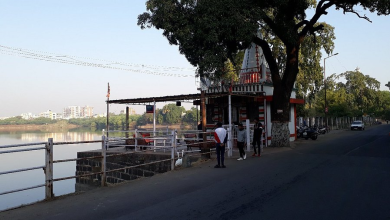
Sonegaon Lake: A Seeping Issue
Nagpur: Sonegaon Lake, once a symbol of Nagpur’s rich history and ecological balance, is now facing a severe environmental threat. The…
Read More » -

Nagpur Municipal Corporation’s Property Tax Recovery: A Race Against Time
NMC Property Tax Recovery: As the fiscal year draws to a close on March 31, 2025, the Nagpur Municipal Corporation…
Read More »

